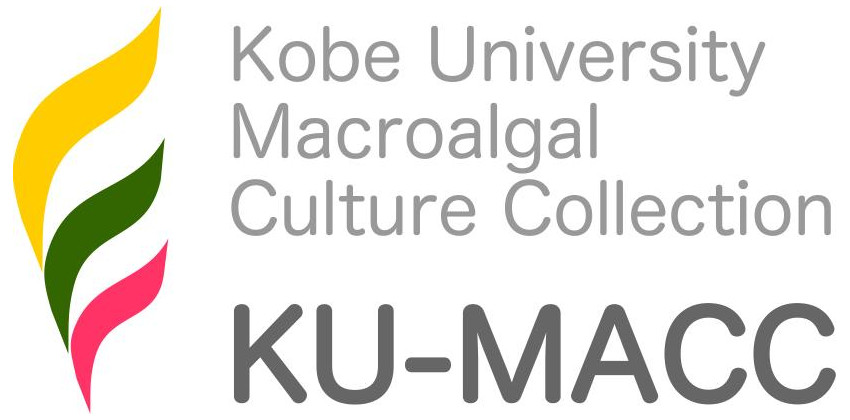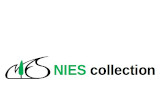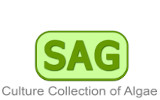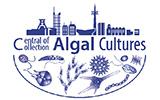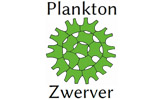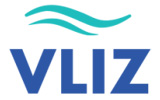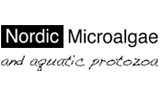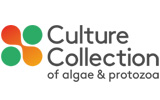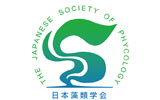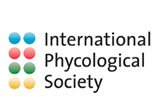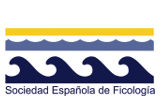Chara fragifera Durieu 1859
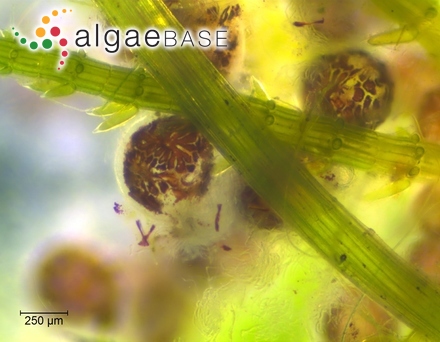
Current name:
Chara fragifera Durieu
Discharging antheridium showing antherzoidal filaments and manubria. Collected by Paul Gainey, Cornwall, UK - 15 May 2016. C.F.Carter(chris.carter at 6cvw.freeuk.com
Publication Details
Chara fragifera Durieu 1859: 185
Published in: Durieu de Maisonneuve, M.C. (1859). Note sur une nouvelle espece du genre Chara. Bulletin de la Société Botanique de France 6: 179-186.
Publication date: 1859
Type Species
The type species (lectotype) of the genus Chara is Chara vulgaris Linnaeus.
Status of Name
This name is of an entity that is currently accepted taxonomically.
Type Information
Type locality: "... étang de Cazeau (between dép. la Gironde & des Landes)...." [France]; (Dureeu de Maisonneuve 1859: 185) Lectotype (Étangs de Cazau à Cazau, Gironde; designated by Wood in Wood & Imahori, 1965: 178): M. C. Durieu de Maisonneuve; 8 juillet 1855; Très abundant mais tout à fait détruit; PC; top left of three specimens on sheet (Wood & Imahori 1965: 178)
General Environment
This is a freshwater species.
Created: 29 June 2007 by Sandy Lawson.
Last updated: 10 January 2025
Verification of Data
Users are responsible for verifying the accuracy of information before use, as noted on the website Content page.
Distributional note
"A primarily Atlantic-Mediterranean species, recorded from western Iberia (e.g., Cirujano et al., 2007), western France (e.g., Corillion, 1957, Mouronval et al., 2015) and reaching the northern edge of its distribution in south-western England (e.g., Bryant and Stewart, 2011). It is most frequent in France and, while elsewhere it is uncommon away from the coast, in France it extends further east to the Paris basin, some 250 km from the coast (Corillion, 1953, 1957). There are also a few records from Belgium (Compère, 1992) where it is now extinct (L. Denys pers. comm.). Within this range it can be locally frequent in areas with suitable habitat. For example Corillion (1953, 1957) indicates over 100 localities in France, particularly in the north-west and centre, while Cirujano et al. (2007) describe it as frequent in western Iberia. In Britain its range is extremely restricted but around 60 small colonies are known within an area of around 25 square kilometres. Its range extends very sparsely in the Mediterranean region with a few records from southern France (Mouronval et al., 2015), Algeria and Tunisia (Feldmann, 1946), Albania (Blazencic et al., 2006), Cyprus (E. Papastergiadou pers. comm.) and Romania (Bla%u017Een%u02C7ci´c et al., 2006; Caraus, 2002, 2017). However, a record from the Russian enclave of Kaliningrad is an error for Chara globularis (Nielsen, 2004) and records from Belarus (Burdyko, 1973) and Ukraine (Borisova et al., 2016) are considered doubtful (R. Romanov pers. comm.). Elsewhere there are isolated records in Africa from Togo (Corillion, 1953) and South Africa (Groves and Bullock-Webster, 1924)." (Stewart 2024). - (10 January 2025) - M.D. Guiry
Conservational note
"Information on recent population trends is limited in much of its range. The greatest threat is thought to be from enrichment pollution, causing increased turbidity, changes to a more organic sediment and greater competition from filamentous algae and vascular plants.
In smaller water bodies, there are greater threats from habitat loss, either through direct infilling or from neglect resulting in succession to swamp and wet woodland. A widespread problem in much of the former British range is that former heathland has been agriculturally improved to improved pasture leaving only a few unmanaged wild relics which have largely been overcome by scrub (Stewart, 2003). Neverthe-less, within its remaining area in Britain, improved management has resulted in an increase in the number of colonies. This has included the creation of ponds and the re-activation of some disused trackways. In Britain, the introduced aquatic plant Lagarosiphon major has colonised two ponds and outcompetes the stonewort in the deeper parts of the ponds (Stewart, 2003)." (Stewart 2024). - (10 January 2025) - M.D. Guiry
Linking to this page: https://www.algaebase.org/search/species/detail/?species_id=132499
Citing AlgaeBase
Cite this record as:
M.D. Guiry in Guiry, M.D. & Guiry, G.M. 10 January 2025. AlgaeBase. World-wide electronic publication, National University of Ireland, Galway. https://www.algaebase.org; searched on 15 June 2025
